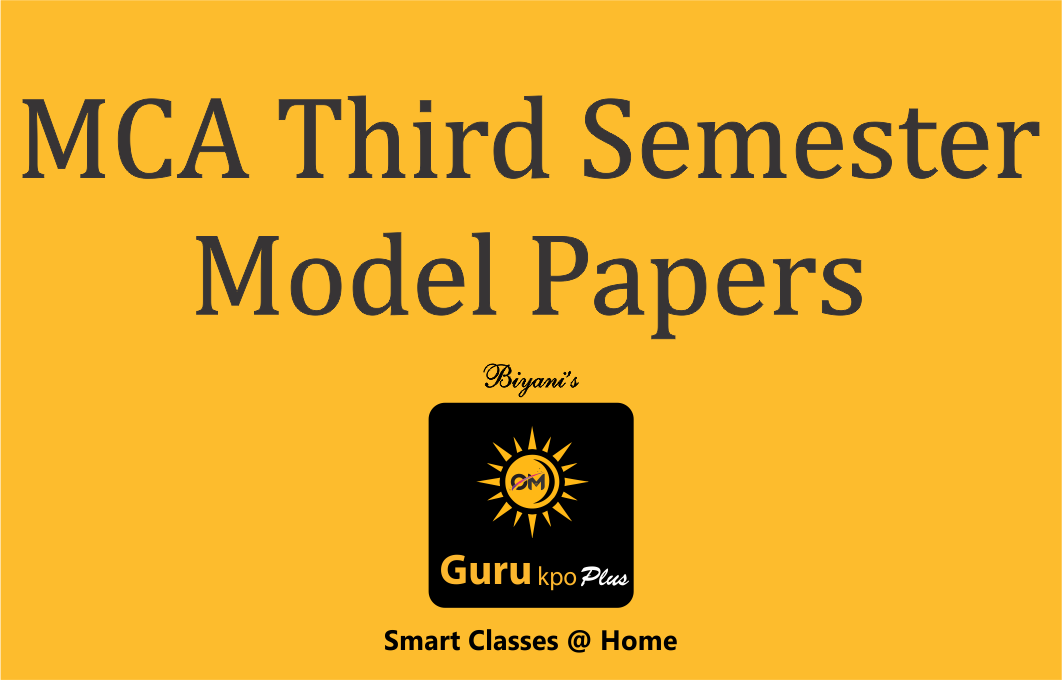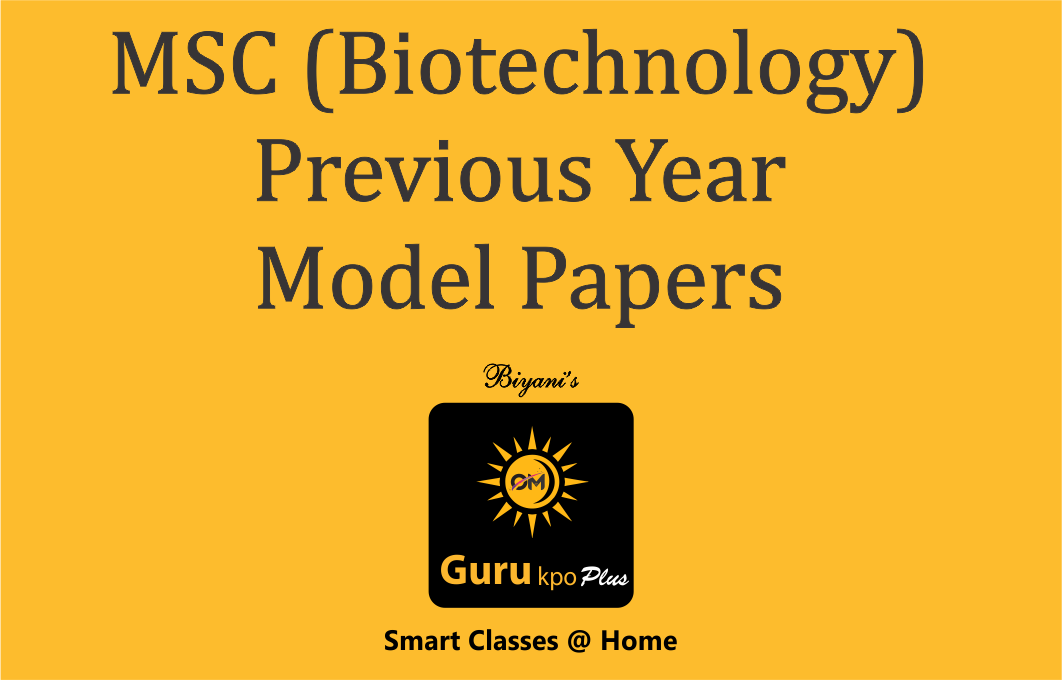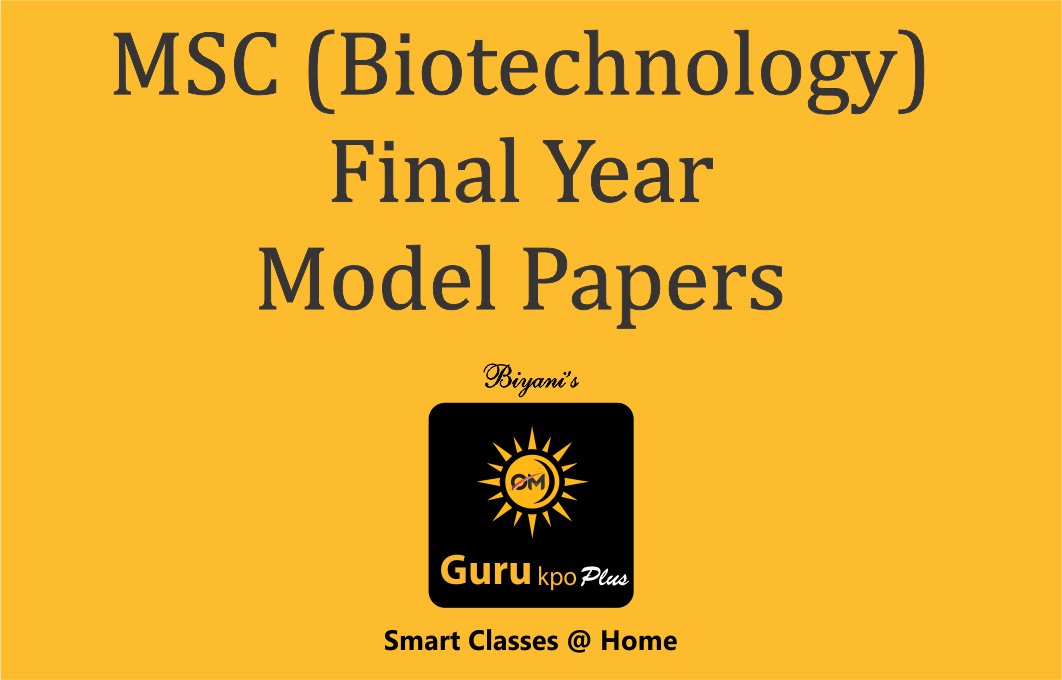
(i) Intrinsic Semiconductor:-
• Semiconductor in their extremely pure form are called intrinsic semiconductors . eg. Ge & Si
Basically insulators
• The energy gap between the conduction and valence band is so small that the e- may be excited by thermal energy from valence band to conduction band.
• These excited e- present in the conduction band and the remaining unpaired e- in the valence band contribute to the conductivity.
• The conductivity of intrinsic semiconductors is due to the excited e-.
• No. of excited e- increase with increase in temperature.
• Conductivity of semiconductors increase in increase in temperature.
(ii) Extrinsic Semiconductor:-
• Substance which are normally insulators can be made semiconductors when small amount of impurities are added to them. Substances are called extrinsic semiconductors.
(a) n-Type Extrinsic Semiconductors:-
• Group 14 elements Silicon Crystals contains impurity of arsenic (4s2, 4p3) having more e- than Silicon in its valence shell. During the formation of bonds with surrounding Silicon atoms the Arsenic atoms use four of their valence e-.
• The fifth e- of each Arsenic atom is free. These extra e- occupy donor level which is just below the empty conduction band of Silicon Crystal.
• These e- from donor level can easily be excited to the empty conduction band.


(b) p- Type Extrinsic Semiconductors :-
• When the Silicon Crystal contains impurity of Boron or Aluminium (s2p2) having lesser e- than Silicon in its valence shell . We get p-Type Extrinsic Semiconductors e- from valence band of Silicon go to vacant orbital of Boron occupying the acceptor level which lies just above the valence band of Silicon resulting in the increase in conductivity of Silicon.







